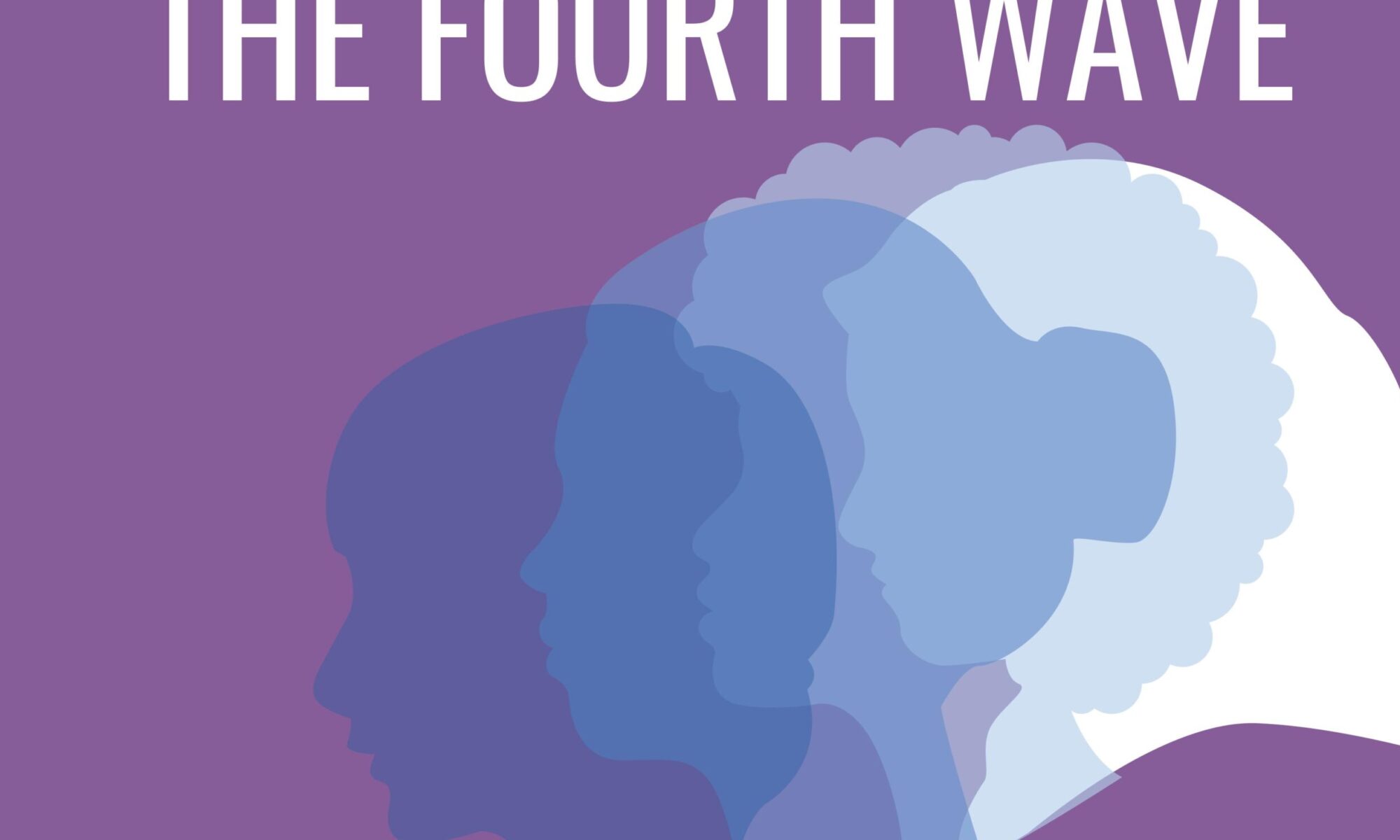This guest column by St. Thomas President Julie Sullivan is part of a series of editorials for Women’s History Month focused on women’s achievements on the St. Thomas campus and the intersectionality of modern feminism.
On March 1, St. Thomas President Julie Sullivan announced her decision to step down from her position at the university to become the president of Santa Clara University at the end of this academic year. In this Q&A-style guest editorial, Sullivan reflects on her achievements at St. Thomas and shares her experience as the first female and layperson president of the university.
Q: You were the first woman and the first layperson to lead St. Thomas. How did that new perspective shape the changes you made during your time with the university, and how are you hoping to apply those experiences as you once again become the first layperson and woman to lead a university?
A: Being the first layperson and first woman shaped my leadership at St. Thomas in a number of ways. First, it motivated me to intentionally strengthen our Catholic mission and identity and to do so in a way that made it more accessible to a broad cross section of our community.
I have sought to more clearly illuminate our charism and its foundation found in the teachings of Archbishop John Ireland, St. Thomas Aquinas, Catholic social teaching and Catholic intellectual tradition.
Second, it motivated me to intentionally cultivate diversity, equity and inclusion in our community and seek to establish and nourish a culture where all are affirmed and can find a sense of belonging.
Third, it made me appreciate the importance many find in being a part of an organization where they see someone like themselves in a leadership position. It also increased my sense of responsibility to be accessible as a role model, particularly to students.
Q: What was the biggest challenge that you faced during your time as president, and what did you do to overcome it?
A: The dual pandemic of COVID-19 and the racial reckoning we have faced in our community and our country has been one of the biggest challenges I have faced.
I found that communication and transparency were especially important during this time when many were feeling pain, uncertainty and loss. I also found that timeliness of communication was particularly important when a tragic event occurred and a public recognition of the pain being felt by so many was critical.
Q: What advice would you give a young woman who hopes to make history in her career like you did?
A: I would encourage her to continually pursue experiences that gave her the opportunity to learn and grow as much and from as many different people as possible. I also would caution against planning her future career too much and/or focusing on specific future career goals.
Rather, I would encourage her to work hard and learn and grow as much as she can in any opportunity she has, constantly seek to expand her network and be open to the possibilities God will provide her.
Q: What is the most substantial change you’ve seen in the St. Thomas community in your nine years here?
A: The most substantial change I have seen during my nine years is the makeup and culture of our community.
When I arrived, only 13% of our undergraduate students were BIPOC (Black, Indigenous and people of color). That percentage is close to 25% now. We also have increased our percentage of first-generation students from 18% to 22%, and we have increased the percentage of financial need met for our Pell-eligible students from 49% to 79%.
We have increased our commitment to create and nourish a community of belonging for all. We have increased the robustness of our residency culture, and this year 95% of our first-year students are living on campus – the highest percentage since 1994.
In sum, we have greatly increased access and opportunity for students to pursue our personalized and whole person education, which prepares morally responsible leaders who advance the common good. I hope these trends will continue.
Article courtesy of St. Thomas President Julie Sullivan.

